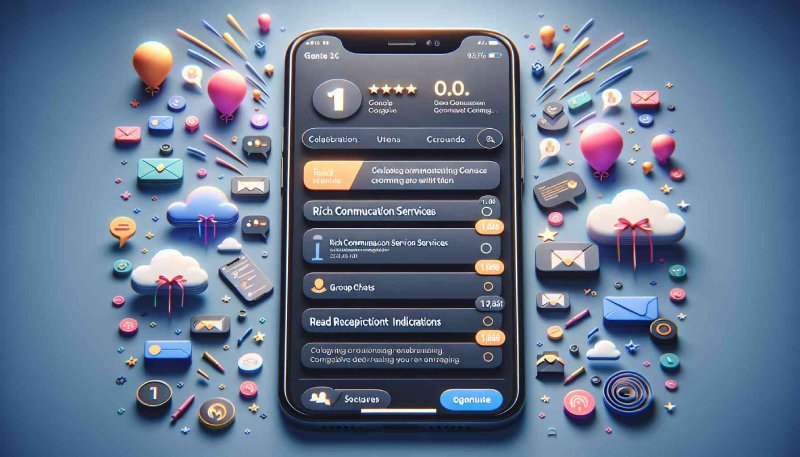More than one billion people are actively using Google Messages with RCS enabled, marking a significant milestone in Google’s mission to replace the antiquated SMS and MMS protocols as the global standard for messaging.
RCS has seen significant support from Google over the past ten years. On Android devices, RCS allows native SMS/MMS apps to exchange high-quality media files and provide end-to-end encryption. Because RCS is integrated into the app, it can rely on these conventional methods in the event of an internet outage.
Google Messages’s latest features enhance the vibrancy of conversations.
RCS and Android devices in general are similar, but iMessage is incompatible with RCS since Apple uses its proprietary protocol. Google, however, has embraced Apple’s recent capitulation and revealed that it will be bringing RCS support to iPhones in the upcoming year.
The internet behemoth is also adding seven new features to the Google Messages app, which is the default messaging app on a lot of Android devices, including those made by Samsung after 2020, in honor of reaching the milestone of one billion RCS users.
According to Google, the purpose of these seven new features is to “help your personality shine through.” One of the features is Photomoji, which allows you to add reactions to your photos. Google has also added reaction effects, which bring classic reactions like the thumbs up sign to life. Emojis sent as chat messages in Google Messages will likewise come to life in a similar manner.
Afterwards, there are screen effects that, upon detecting certain phrases in the chat, animate the entire screen. One example of this is “I love you.” Users can also alter the background of each conversation and the color of the message bubble. The Profiles feature allows users to customize the phone number and picture that appear next to their profile name.
Google is launching Voice Moods, a voice messaging feature that enables you to record and send messages with an emoji that appears next to the message so the recipient can “hear your words along with a visual effect that expresses how you’re feeling at that moment.” A higher bitrate and sampling rate have also improved the audio quality of voice messages.
Users in the Google Messages beta program can begin testing the features today.
Users of the beta version of Google Messages are starting to receive all of these features. You can register to be a beta tester by clicking this link and following the instructions if you want to test the features before Google releases them to the public on the non-beta app. However, Google has not stated when these features will be made available to users worldwide.


